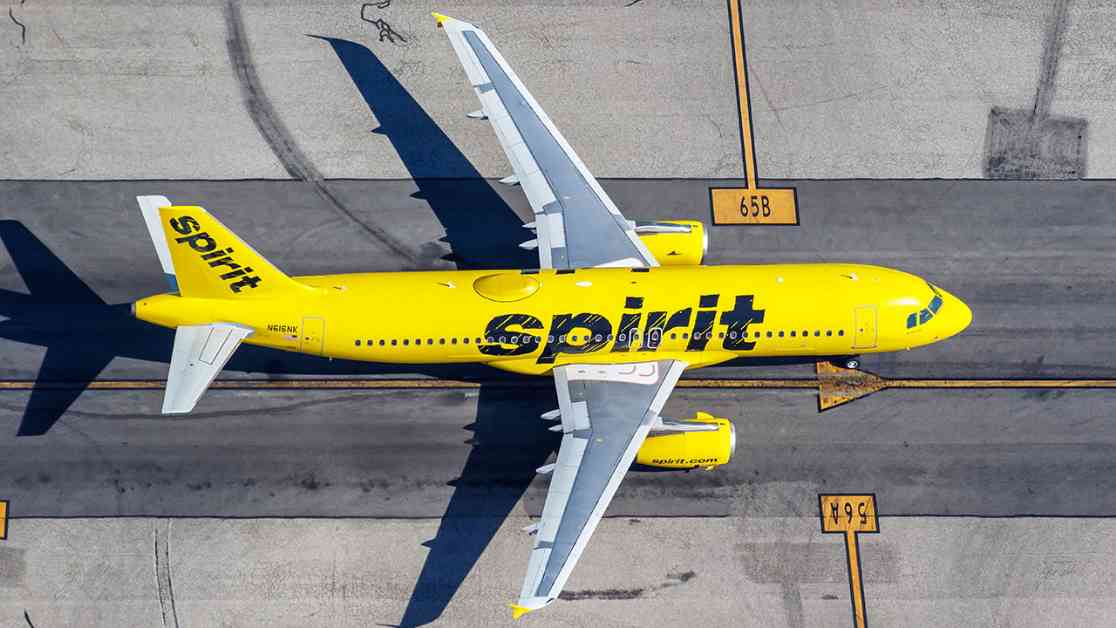America’s Budget Airlines: Analyzing Spirit’s Challenges in the Industry
On November 18th, Spirit Airlines, one of America’s most despised low-cost carriers, filed for chapter 11 bankruptcy protection, highlighting the struggles of budget airlines in the industry. While passengers may not shed a tear for the woes of budget airlines known for cutting costs to the bone and charging for every extra service, the implications of Spirit’s failure go beyond just the airline itself. This event sheds light on the precarious state of America’s budget airlines and should concern travelers across the country.
The Downfall of Spirit Airlines
Spirit Airlines, known for its no-frills approach to air travel, has long been a controversial player in the industry. By offering rock-bottom fares but charging extra for amenities like carry-on bags, seat selection, and even water on flights, the airline has faced backlash from passengers for its cost-cutting measures. Despite its efforts to attract budget-conscious travelers, Spirit’s business model has ultimately proven unsustainable, leading to its recent bankruptcy filing.
Implications for the Industry
Spirit’s bankruptcy is not just a story of one airline’s struggles—it reflects broader challenges facing America’s budget airlines. With increasing competition, rising fuel costs, and changing consumer preferences, low-cost carriers are finding it difficult to stay afloat in the market. The demise of Spirit serves as a cautionary tale for other budget airlines, urging them to reassess their business strategies and adapt to the evolving landscape of the industry.
Impact on Travelers
For travelers, the fallout from Spirit’s bankruptcy could mean disruptions in flight schedules, potential fare increases from other airlines, and limited options for budget-friendly air travel. As one of the largest low-cost carriers in the country, Spirit’s financial troubles could have ripple effects across the industry, affecting ticket prices, route availability, and overall customer experience. Passengers who have relied on budget airlines for affordable travel may need to reconsider their options and plan accordingly in light of these developments.
In conclusion, while the demise of Spirit Airlines may not elicit much sympathy from passengers, it serves as a stark reminder of the challenges facing America’s budget airlines. As the industry grapples with changing dynamics and economic pressures, travelers may need to brace themselves for potential disruptions and adjustments in the air travel landscape. The fate of Spirit Airlines underscores the fragility of budget carriers in an increasingly competitive market, prompting both airlines and passengers to navigate these turbulent skies with caution.



















